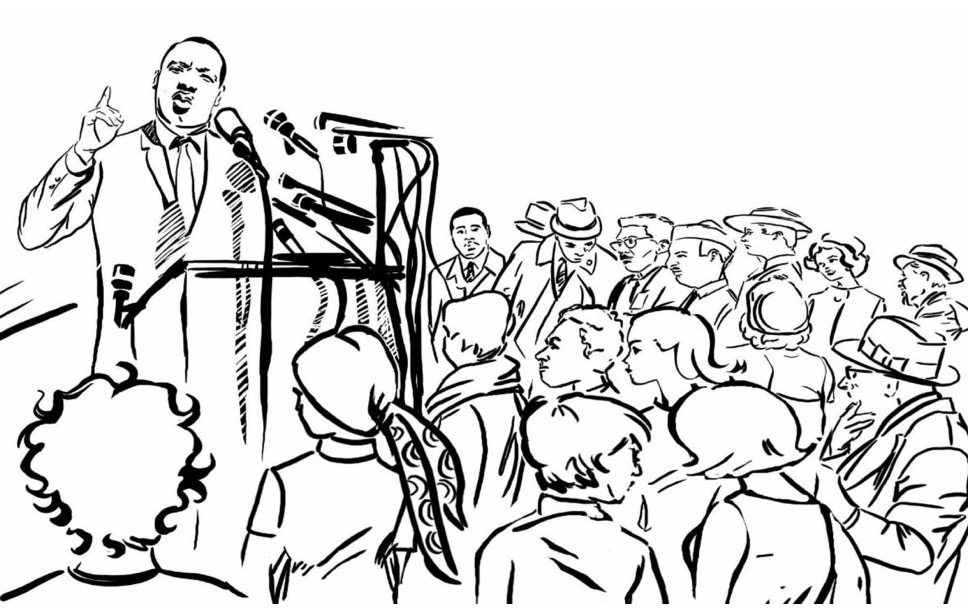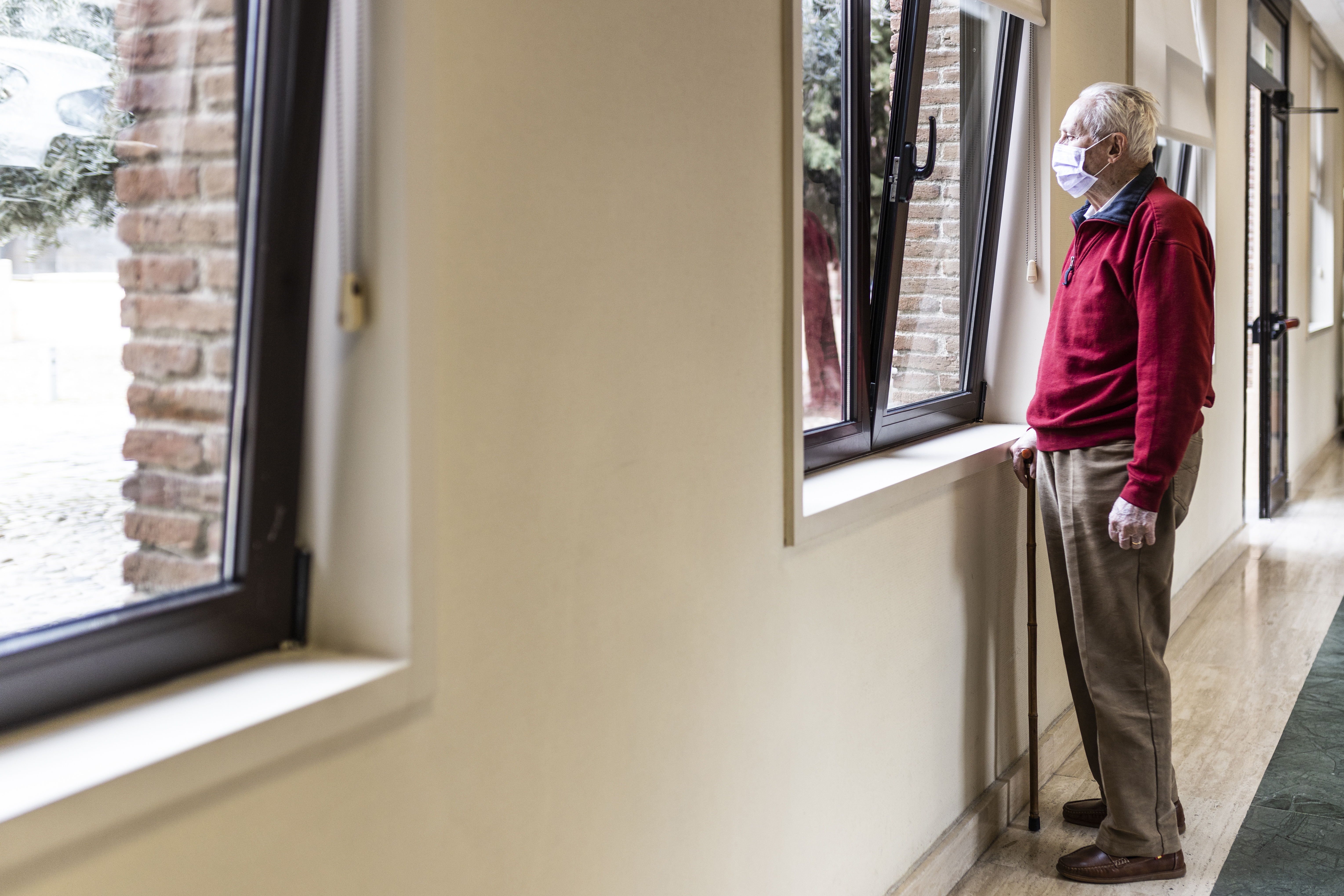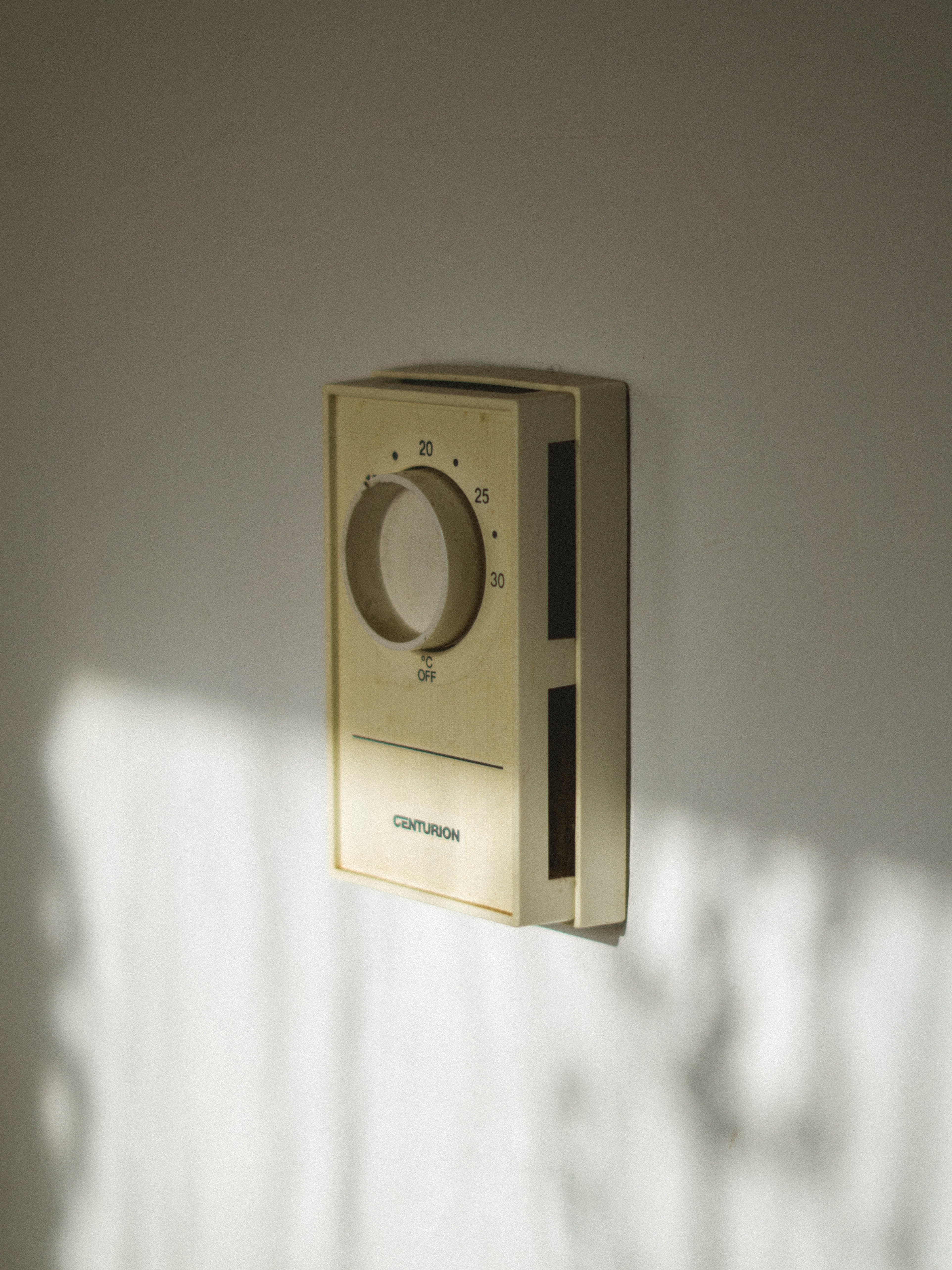Keeping Warm in Difficult Times

Nassau Suffolk Law Services Celebrates Dr. Martin Luther King, Jr.’s Legacy and Lessons
January 18, 2021
Adult Care Facility Project Gets a New Name
January 31, 2021With wind chills dipping below zero and snow on the way, many Long Islanders already struggling with the pandemic now face the added burden of extreme cold. The heating season for regular and emergency HEAP benefits and United Way of Long Island’s Project Warmth Emergency Fuel Fund are now open.
In response to the pandemic, utilities cannot be disconnected for failure to pay until at least April 1, 2021. But, people facing financial hardship should not wait to seek assistance to avoid arrears that are too high to address at the end of the moratorium on utility disconnects. In addition, people who rely on fuel oil or alternate forms of heating are not protected by the moratorium and may face a cold winter if they cannot pay their bills.
Regular HEAP benefits are available for people with low-incomes even if they own their own home or if heat is included in their rent. The monthly income limit for a single person to be eligible for HEAP is $2,610. Economic Impact Payments (the COVID stimulus) or supplemental unemployment benefits (the extra $300 per week) do not count as income for purposes of determining eligibility for HEAP. HEAP can also help with cleaning and tuning or repairing and replacing heating equipment. Learn more about regular HEAP benefits and eligibility from OTDA.
Emergency HEAP benefits are typically available if utilities are scheduled to be shut off or if a family has less than a 10-day supply of fuel. However, people who would face a shut-off if not for the COVID moratorium should continue to apply for benefits.
United Way’s Project Warmth is a safety net for people who are ineligible for Emergency HEAP or have exhausted Emergency HEAP benefits. To be eligible, applicants must demonstrate a financial hardship. Project Warmth provides a one-time grant for fuel or fuel-related electricity. Payments are made directly to the provider.
A list of Project Warmth intake sites is available here or call 888-774-7633. For more help staying staying warm and getting emergency assistance during bad weather visit Suffolk
County’s Cold Weather Information sheet or visit Nassau County’s Extreme Weather page.

